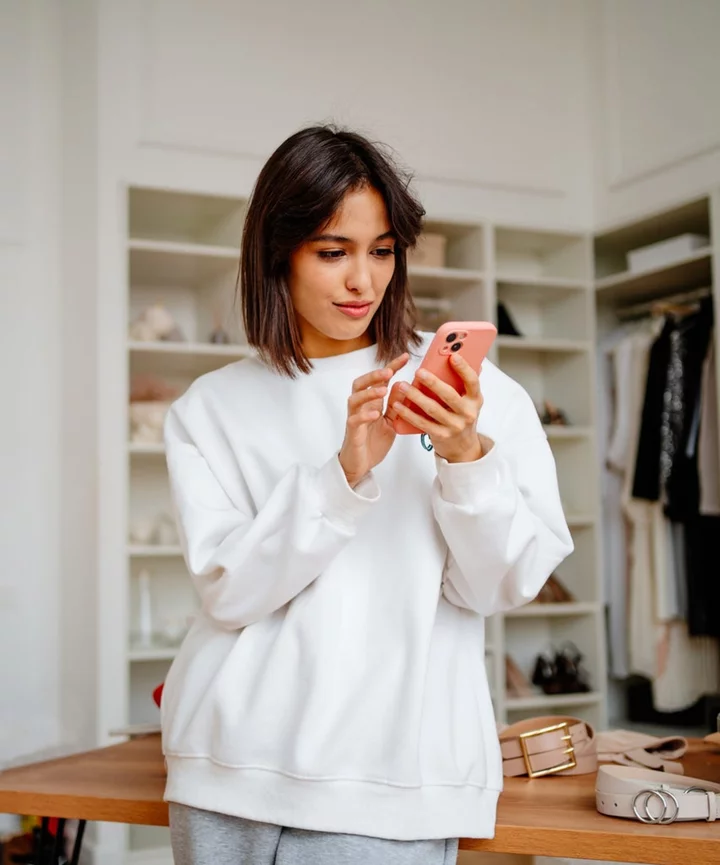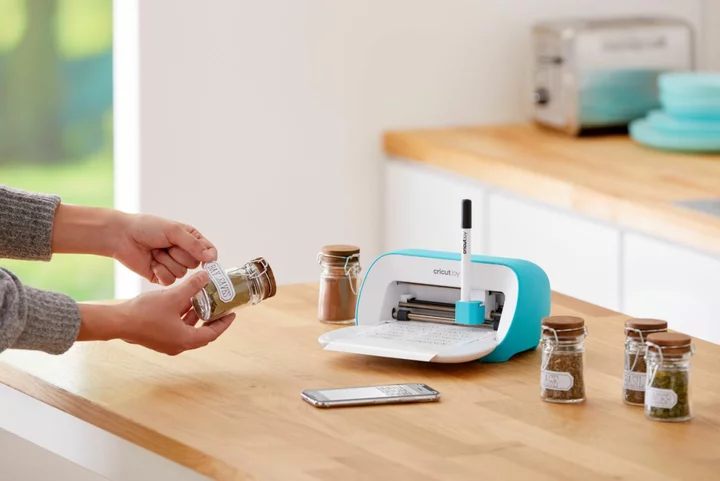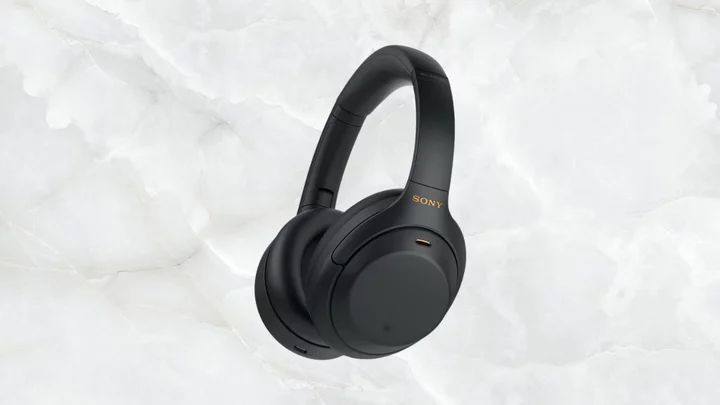The artificial intelligence boom has taken over fashion. Over the past year, brands, retailers and fans have jumped on the AI bandwagon to see how this new technology can improve the way we shop and get dressed.
And it’s all evolving fast. According to the consulting firm McKinsey & Co., generative AI could add anywhere from $150 billion to $275 billion to the apparel, fashion, and luxury sectors, over the next three to five years. Through generative text and image AI tools, fashion brands are able to hyper-personalize customer experiences that range from tailored product suggestions to live chat sessions to help people style themselves. And, of course, that has come with its own set of questions. Brands like Levi’s, for example, have announced that they’ll be using AI-powered models to diversify their e-commerce visuals, prompting concerns about the future of modeling, while a new AI-powered fashion magazine, titled Copy, has sparked concerns over the fate of creatives in fashion. Meanwhile, many consumers are skeptical about the use of their data, especially after the ChatGTP, the famous chatbot launched by the California-based company Open AI, experienced data breaches earlier this year.
Still, when it comes to styling and shopping, there’s a growing interest from consumers in using artificial intelligence to expedite their decisions. According to Klarna’s “Future of Retail” report, 65% of consumers want a more personalized shopping experience, which for the company includes launching tools like an AI-powered shopping feed that tailors suggestions to match the user’s preferences. Google, on the other hand, is focusing on fine-tuning the virtual try-on experience, based on a recent survey by the company that revealed 68% of online fashion shoppers find it difficult to know if an item will fit them.
As with any new technology, there’s still much to figure out about artificial intelligence. Yet, when it comes to fashion, it has shown so far that it can simplify our shopping and styling decisions, and even make them more personal. Ahead, take a look at the best three fashion AI tools to try during your next online shopping session.
Best For Shopping: Klarna
It may be known mostly for its “buy now, pay later” model, Klarna’s shopping platform, which gathers items from retailers like Farfetch, Macy’s, and Bloomingdale’s, is one of the most practical tools to navigate online shopping. Recently, Klarna upgraded its platform (which can sometimes be very overwhelming, thanks to the wide range of products and retailers available) to an AI-powered feed that tailors suggestions to the customer’s tastes. “Klarna aims to bridge this subjectivity gap by transforming the shopping experience into an intuitive and tailored journey and will continue to explore ways to integrate new technologies, like AI, into our roster of current and upcoming shopping features to make it unique to each and every user’s personal preference,” says Josh van Sant, head of global consumer and product communications at Klarna.
The company also recently partnered with ChatGPT for a new plugin, which allows users to ask shopping questions through the chatbot and is currently on a beta mode waitlist. “In a world where the shopping experience is evolving rapidly, Klarna is at the forefront of new technologies to ensure our offering of innovative products and features continues to revolutionize the way the world shops,” says Van Sant.
Best For Styling: Cladwell
Since Clueless debuted in 1995, we’ve all wondered if we’d ever get to replicate the mesmerizing styling tool from Cher Horowitz’s closet. Cladwell is the closest we’ve ever gotten. The styling platform includes a ChatGPT-powered tool that allows users to catalog their wardrobe and use prompts to get tailored styling recommendations with their own clothes.
Prior to partnering with ChatGPT, Cladwell, which has already had over one million downloads, was powered through a proprietary algorithm since 2019, but, according to its founder and CEO Erin Flynn, the recent developments in AI led her to think of the chatbot to propel the algorithm even further. “I didn’t want to release something if it’s just the same as Chat GPT because anyone can use that,” she says. “It’s different because all the data that we are using is from the person’s closet.” Aside from the user’s closet, which people can catalog manually, Cladwell has a database of over 15,000 items that people can add to their digital wardrobe.
Currently, the Cladwell app is free with premium features available for $7.99 a month.
Best For A Fitting Room Experience: Google Try-On
If trying on clothes in person is your definition of a nightmare, Google’s AI-powered try-on feature may be the solution. Launched earlier this year, the tool allows users to see how an item would fit a similar body type. “The models and the poses are totally real,” says Lilian Rincon, senior director of Google Shopping, referring to the images used for the virtual try-on. “We’re able to use diffusion to superimpose what the clothing would look like on the model.” According to Rincon, the tool also adapts to the sizes offered by the retailer, so users can only try on items on body types that match the sizing available. Right now, the tool is only available for women’s tops, but Google plans to expand its try-on offering soon.
Although there are other virtual try-on options available, Google’s tool simplifies the process by using already available images to visualize the clothes, instead of having the users submit photos of themselves. “The learning is that people often prefer just this, just trying it on somebody that looks like them,” says Rincon.









